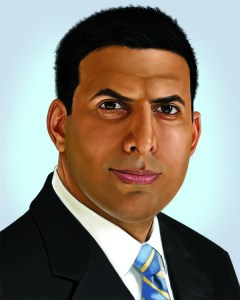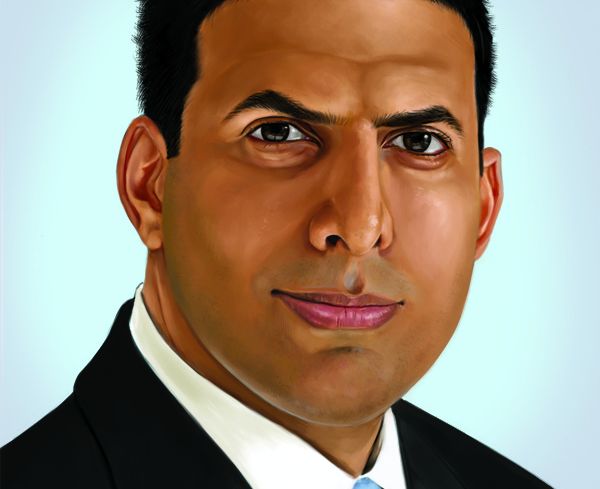
The American banking system enters 2015 on its most stable footing since before the financial crisis. Bank assets have climbed to record highs over the last year and strains from problem loans, restructured debt, and real estate owned have eased substantially. While the outlook for bank profits is mixed, the tally of qualified borrowers continues to grow in tandem with an improving domestic economy and property fundamentals. Geopolitical and economic instability almost everywhere else in the world is a potential threat to financial system’s health in the United States but has shown few signs of spilling over thus far. On the contrary, by reinforcing the perception of an American safe haven, global conditions are fomenting greater risk-taking by domestic investors and lenders.
Capital Saturation and Competition
In a sharp contrast with just a few years ago, the property-lending market is relatively saturated with capital. Competition for growth opportunities will dominate bank strategy in 2015, from within and outside the traditional pool of regulated lenders. Banks will encounter a range of new constraints this year as they battle for market share, as Basel liquidity rules, leverage ratio requirements, and the Volcker Rule come into force. In meeting new demand for loans, both large and small balance, more nimble shadow bankers see opportunity in the regulatory imbalance and will account for a larger share of systemic risk.
The surface measures of bank health and the push for stronger capital cushions belie that banks are taking greater risk onto their commercial real estate books. While disagreements will persist in measurements of loan quality, the direction of underwriting standards is fairly unambiguous. Robust valuations and more favorable sizing and pricing of loans can all be rationalized in the current environment. Nonetheless, the weaker amortization, higher leverage, and complacency in managing interest rate risk we are currently seeing are all consistent with a weaker vintage of loans.
Procyclical Lending
Commercial real estate lending is highly procyclical. We make our worst performing loans when we are most confident in the outlook for the market. As a historical regularity, the market’s healthier appetite for risk coincides with rising property prices, real or anticipated momentum in fundamentals, and the interrelated recovery in the performance of seasoned loans. For bank lenders, those seasoned loans are largely a historical footnote, memorialized in the shrinking pool of REO and troubled debt restructurings. The problematic flood of legacy maturities is dominated by 10-year CMBS loans, not the balance sheet.
Bank REO declined to $22.0 billion in the fourth quarter of 2014, down 27 percent from a year earlier. Lower balances of commercial real estate and construction and development loans accounted for the bulk of the drop-off. A similar decline was registered for troubled debt restructurings. The pool of modified loans in compliance with their new terms fell to $28.4 billion at the end of 2014, down more than 20 percent over the year.
Bank lenders have been further emboldened by diminished stresses from their legacy lending activities. By the end of 2014, the default rate on bank commercial real estate loans had fallen to 1.3 percent, reflecting lower non-performing balances and their dilution by new lending and restructurings; for multifamily loans, the default rate declined to just 0.4 percent, the lowest level since mid-2006. The default rate on construction loans dropped to 2.1 percent, a fraction of its 16.8 percent peak default rate in early 2010. Across all property lending, banks’ net lending increased by more than $100 billion in 2014.
Proceed With Caution
Commercial real estate investors and lenders are understandably optimistic about their prospects in 2015. But not everything is what it seems. Risk-taking behaviors and risks on the balance sheet are both rising. New bank regulation, competition from a more densely populated landscape of lenders, the persistence of a low yield environment, and the maturing of the current economic expansion coincide with a paucity of innovation in risk measurement and mitigation. Lenders who believe we have broken from the cycle—that this time is different—may be right. But they should still be greeted with skepticism if their case is built solely on anecdote and intuition.
Sam Chandan, Ph.D., is president and chief economist of Chandan Economics and an adjunct professor at the Wharton School, University of Pennsylvania. The views expressed here are his own. He can be reached at dsc@chandan.com.



